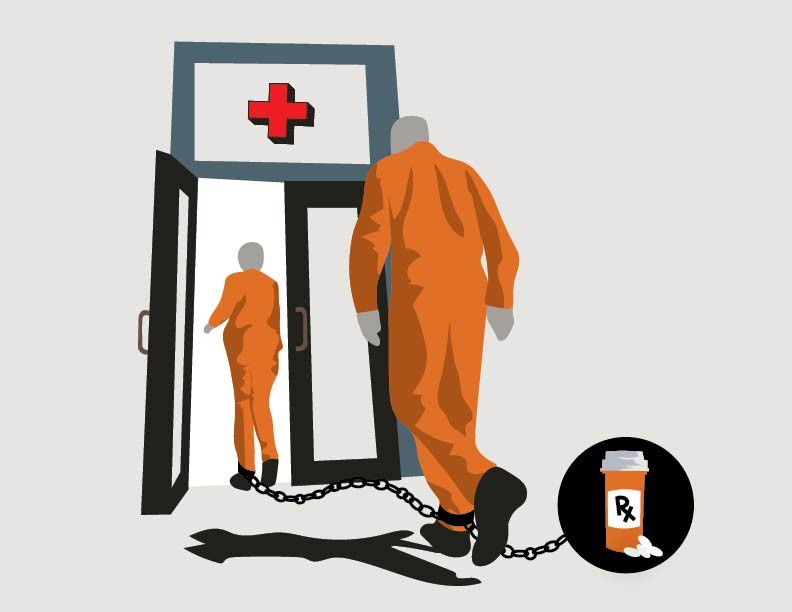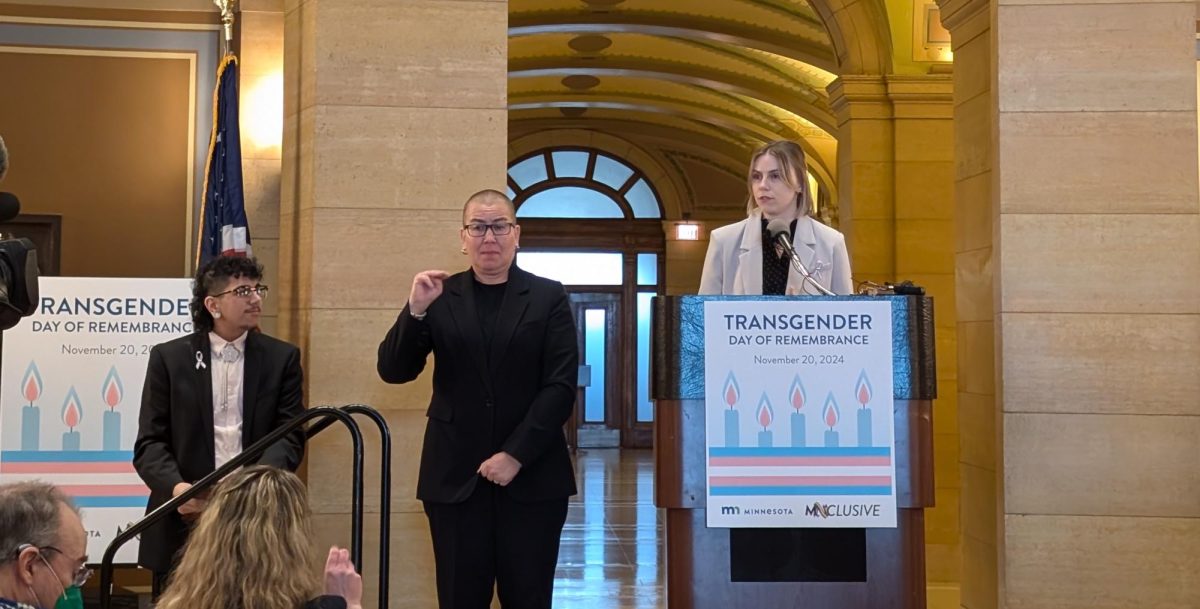Researchers from the University of Minnesota and Hennepin County hope to use a recent study regarding opioid-related deaths after incarceration to address the opioid epidemic.
About one-third of opioid-related deaths in Hennepin County occurred within one year of inmates leaving jail, according to a report released by the county last month. Now, public health care officials and University researchers hope to offer care to incarcerated individuals with opioid use disorder based on the report’s recommendations.
“Our workgroup made recommendations to begin treating people with opioid use disorders in county correctional facilities,” said Tyler Winkelman, an author of the report, clinician-investigator with Hennepin Healthcare and assistant professor of medicine at the University. The treatment would include providing medications to incarcerated individuals with opioid use disorder and connecting them to community providers upon release.
Opioid-related deaths in Hennepin County and across Minnesota are much higher than they were 10 years ago, Winkelman said.
But he believes treatment of opioid use disorders in correctional facilities can save lives and money. Hennepin County also hopes to strengthen substance use disorder screenings during jail intake processes by applying for federal grants.
The state of Rhode Island implemented medication-assisted treatment and saw a 61-percent decrease in death after incarceration between the first half of 2016 and the same period the following year.
“I think for health professionals and public safety professionals, it is the right thing to do to give individuals the best standard of care that they can provide for any given illness,” said Julie Bauch, opioid prevention coordinator for Hennepin County.
Treatment for opioid use disorder in Minnesota is rarely available during incarceration or immediately after release, according to the research.
“I think … very soon this will not be so rare because I predicted that more counties and their administrations will sit down and start looking at the budget and thinking about how to implement,” Bauch said.
The team is currently applying for funding to understand how best to transition individuals with opioid use disorders back to treatment in the community.
Jeremy Kobany, a third-year pharmacy student and opioid disposal advocate for Boynton Health, said providing prescribed medications to recently released individuals with opioid use disorder could improve their outcomes.
“Somebody is looking for opioids after they got released and they aren’t able to get help from a doctor … they turn to the streets, and that’s where things get extremely dangerous,” Kobany said. “Because those street drugs are not controlled, they don’t have the same kind of quantity, specifics or ingredient purity, … which is when it can be really dangerous.”
The rareness of treatment for opioid use disorder during incarceration and immediately after release is not only a problem for Minnesota, Bauch said.
“Minnesota has seen the uptick [in deaths] more recently. We are in, I think, what’s considered the normal response time to a new epidemic,” Bauch said. “I would say as a national trend, this is not implemented widely yet.”








